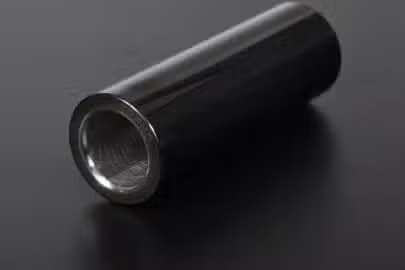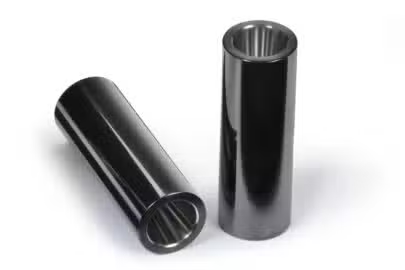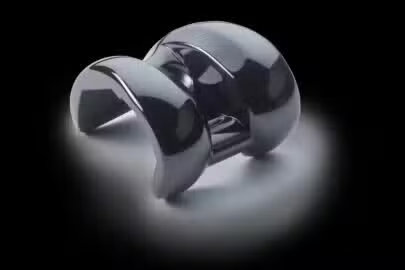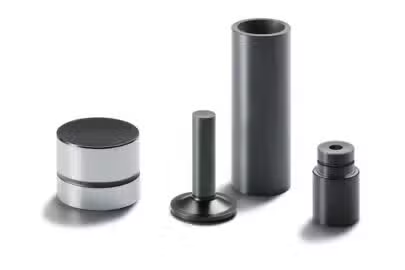DLC Coating
DLC coating is DLC Coating refers to Diamond-Like Carbon Coating, a hard, smooth, chemically inert film. DLC coating improves the material’s hardness, wear resistance and corrosion resistance by forming a diamond-like carbon coating on the surface of the base material, giving it a longer service life and better performance.
Materials for DLC Coating

High machinability and ductility. Aluminum alloys have good strength-to-weight ratio, high thermal and electrical conductivity, low density and natural corrosion resistance.
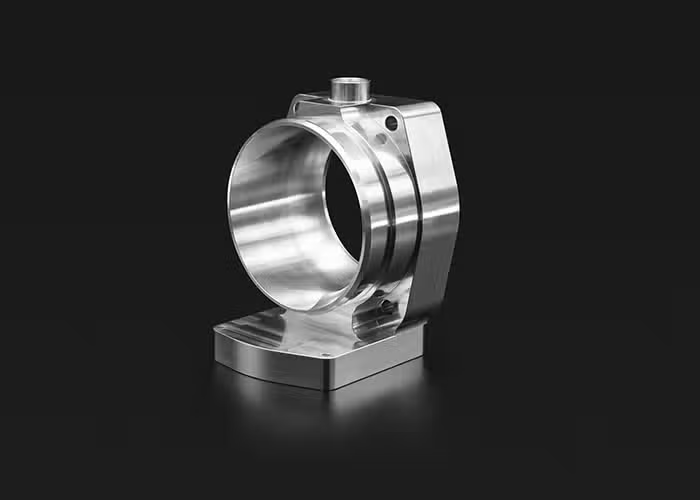
Stainless steel alloys have high strength, ductility, wear and corrosion resistance. They can be easily welded, machined and polished. The hardness and the cost of stainless steel is higher than that of aluminum alloy.

Steel is a strong, versatile, and durable alloy of iron and carbon. Steel is strong and durable. High tensile strength, corrosion resistance heat and fire resistance, easily molded and formed. Its applications range from construction materials and structural components to automotive and aerospace components.

Highly resistant to seawater corrosion. The material’s mechanical properties are inferior to many other machinable metals, making it best for low-stress components produced by CNC machining.

Brass is mechanically stronger and lower-friction metal properties make CNC machining brass ideal for mechanical applications that also require corrosion resistance such as those encountered in the marine industry.

Few metals have the electric conductivity that copper has when it comes to CNC milling materials. The material’s high corrosion resistance aids in preventing rust, and its thermal conductivity features facilitate CNC machining shaping.

Titanium is an advanced material with excellent corrosion resistance, biocompatibility, and strength-to-weight characteristics. This unique range of properties makes it an ideal choice for many of the engineering challenges faced by the medical, energy, chemical processing, and aerospace industries.

Iron is an indispensable metal in the industrial sector. Iron is alloyed with a small amount of carbon – steel, which is not easily demagnetized after magnetization and is an excellent hard magnetic material, as well as an important industrial material, and is also used as the main raw material for artificial magnetism.
Design Considerations
- Biocompatibility: For biomedical applications, DLC coatings must not trigger adverse immune responses or toxicity upon contact with body tissues or fluids. They should firmly adhere to the implant surface to prevent delamination or detachment.
- Coating Adhesion: The adhesion of the coating to the surface is crucial. Critical loads by scratch test and HF values are often added to the specifications of coatings to ensure strong bonding.
- Surface Finish and Compatibility: The surface finish of the counterpart part is of utmost importance. A poor finish may wear the coating during the running-in period. The compatibility of the mating surface should be checked to ensure it does not negatively impact the coating’s performance.
- Coating Method: The choice of coating method, such as PACVD, affects the film properties. PACVD allows for the deposition of carbon films with a wide range of optical and electrical properties and shows good adhesion to many substrates.



